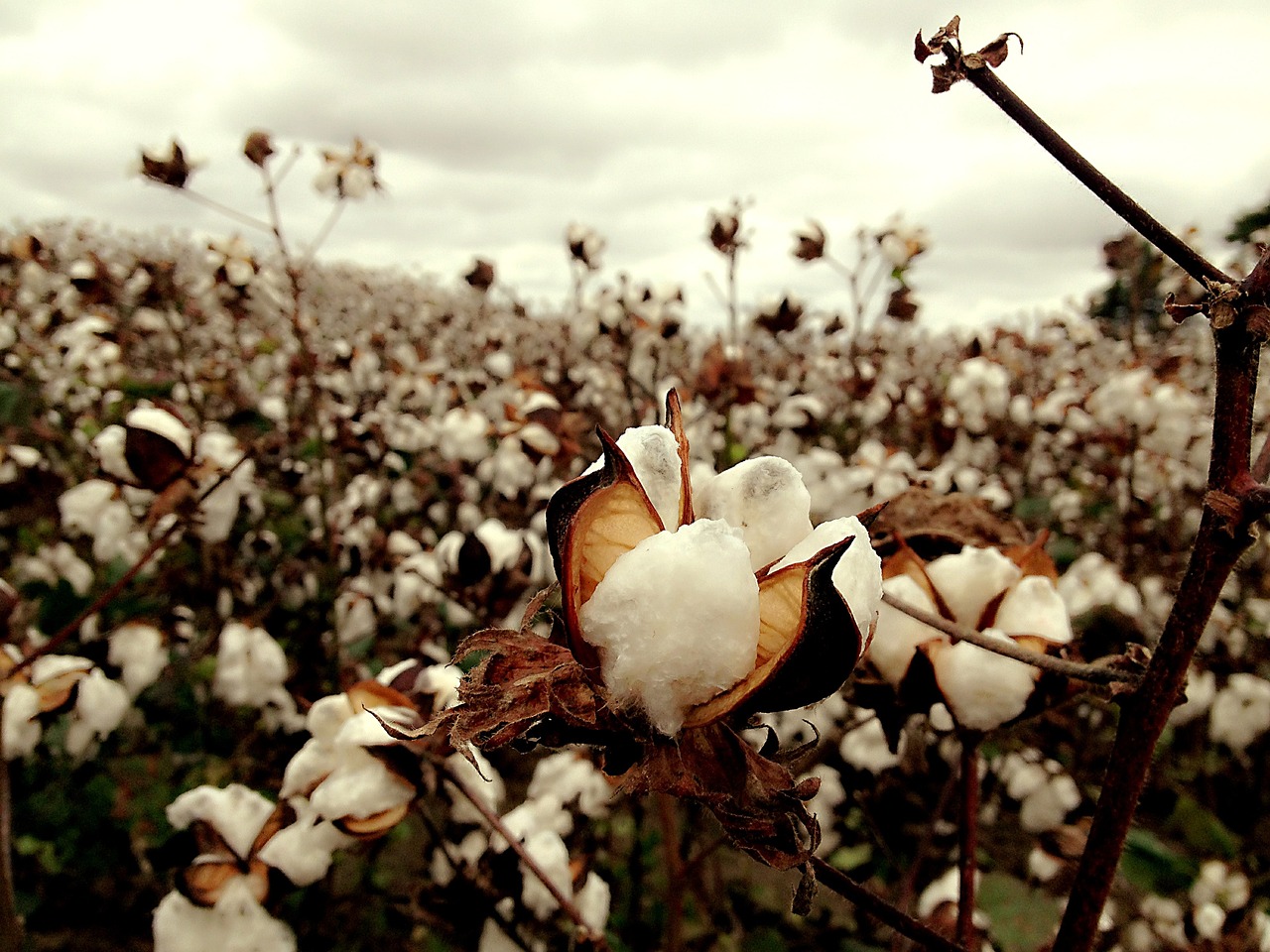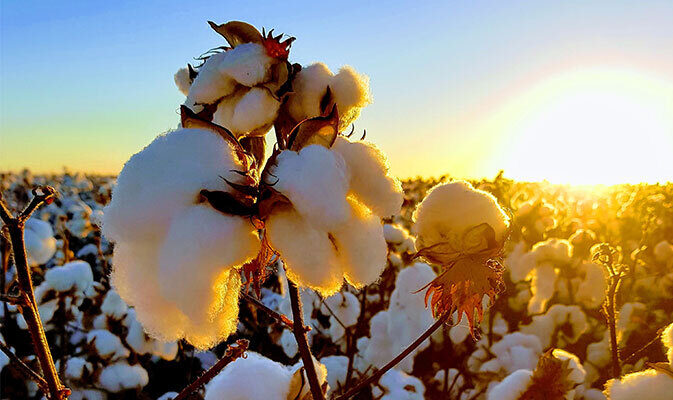Traders predict grim futures for the export of the fibre crop as domestic cotton prices continue to dominate higher than rates in the international market. At the same time as key producing regions are seeing an increase in cotton arrivals at agricultural produce marketing committee (APMC) yards, However, farmers would rather hold back their produce in anticipation of greater prices. The largest producer, Gujarat, is expected to see an increase in market arrivals beginning in early December following the elections, as well as during the next days in Maharashtra and Telangana.
“The price of cotton in India is $6,000 per candy more” (of 356 kg). As a result, there is no demand for cotton and no buyer. Because of the current prices, there are no shipments taking place. remarked Atul Ganatra, the head trade organisation, Cotton Association of India (CAI). The majority of cotton exports typically take place between October and January, when market arrivals are at their highest. We execute 60 to 70 percent of our shipments during these According to CAI’s forecasts for the crop season of 2022–2023 (October–September), exports will total 30 lakh bales (170 kg apiece), down from 43 lakh bales the season before.
Because Indian pricing are 5–6% more than those on the global market, exports are not happening. Cotton from the U.S. is being purchased by buyers in Vietnam and Bangladesh because it is less expensive than cotton from India. Ramanuj Das Boob, a sourcing agent for multinationals in Raichur, Karnataka, added that they are also offering yarn at a lesser price than Indian mills can match. He said that spinning mills, which only buy when necessary, are taming demand. Additionally, while fabric exports are sluggish, there is no market for yarn exports.
Origo Commodities, however, thinks that shipments might exceed CAI projections. “We anticipate a crop size of 360 lakh bales, which is slightly more than CAI predictions, and are optimistic that exports will be at least at last year’s levels or slightly higher at 4548 lakh bales. However, Yadav cautioned, there may be some export queries given the anticipated increase in arrivals in the upcoming weeks. At Kadi, prices are currently at 31,863 per bale. The prices would trade bearishly, according to Yadav, until they rose over the Rs 33,278 per bale levels. The Ministry of Agriculture and CAI both estimate the crop size for 2022–2023 to be 344 lakh bales.

